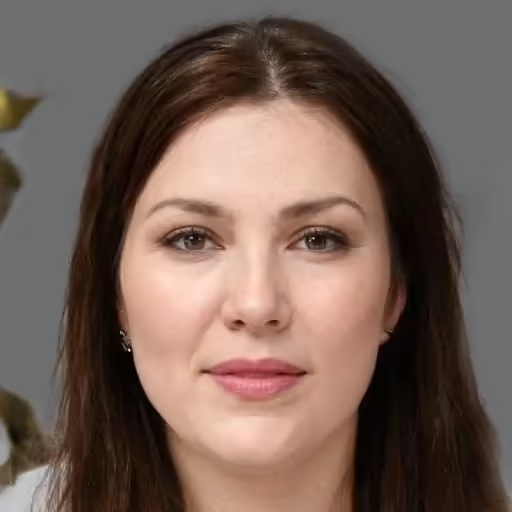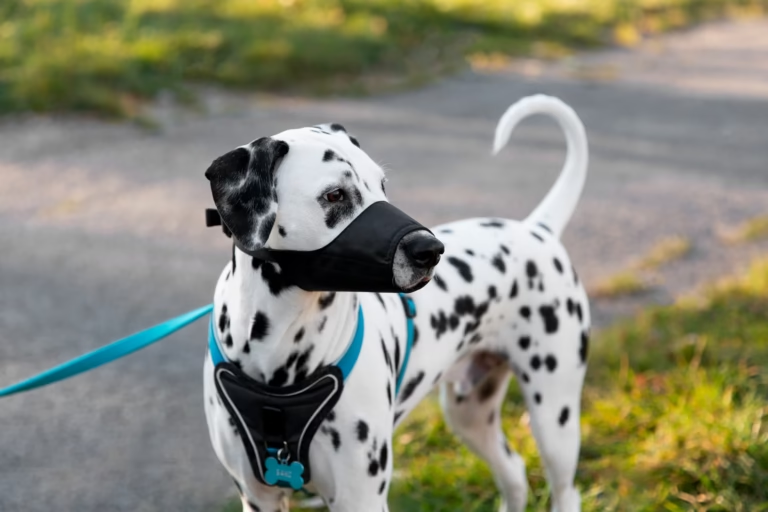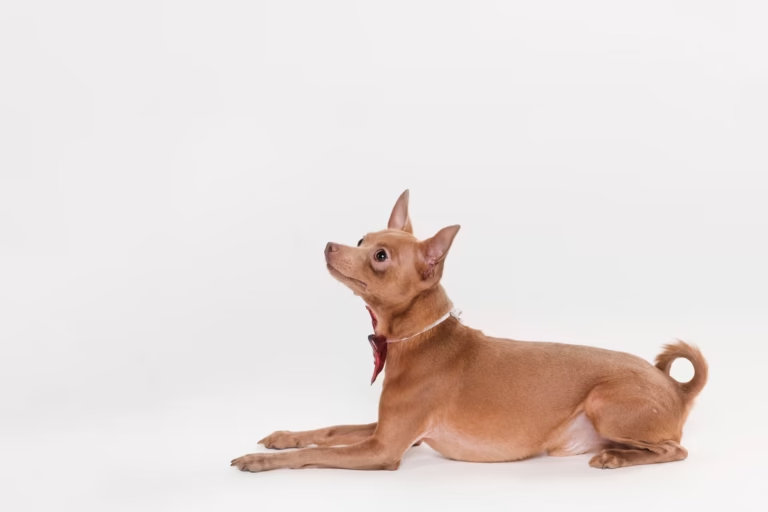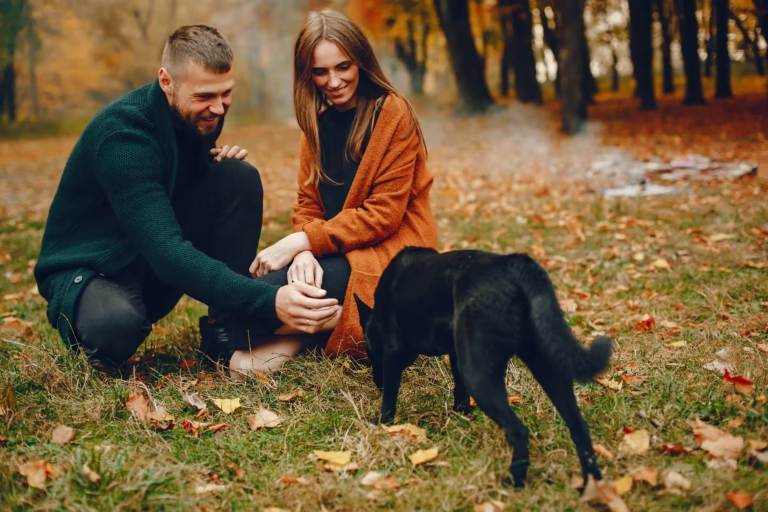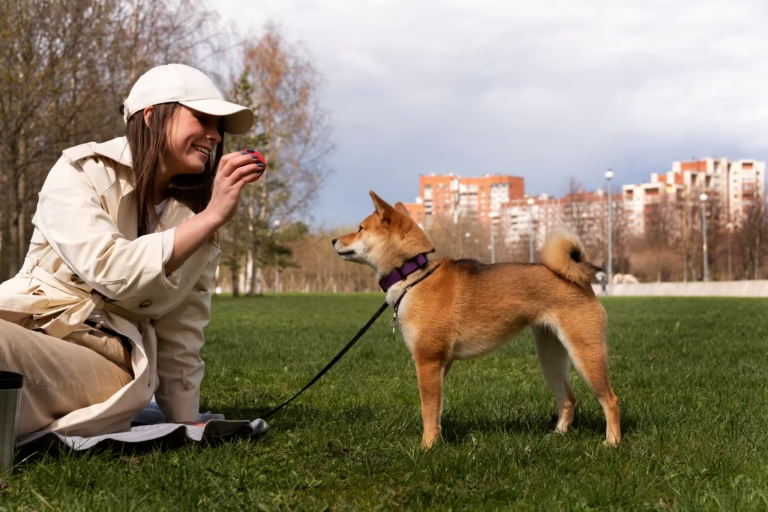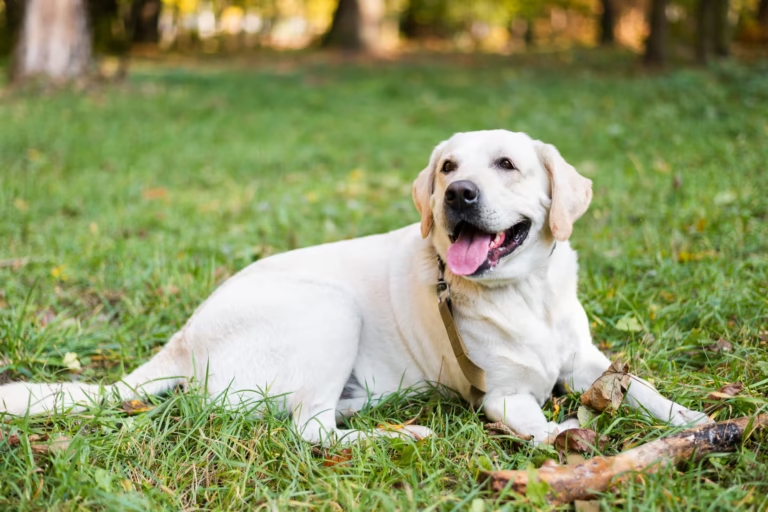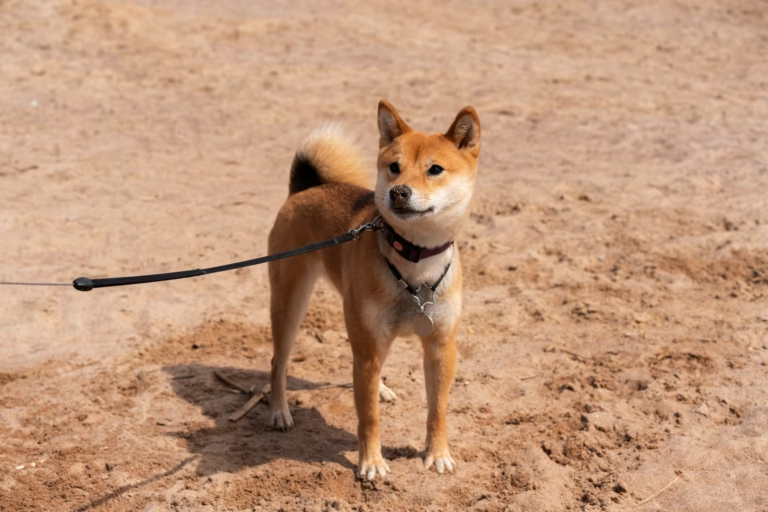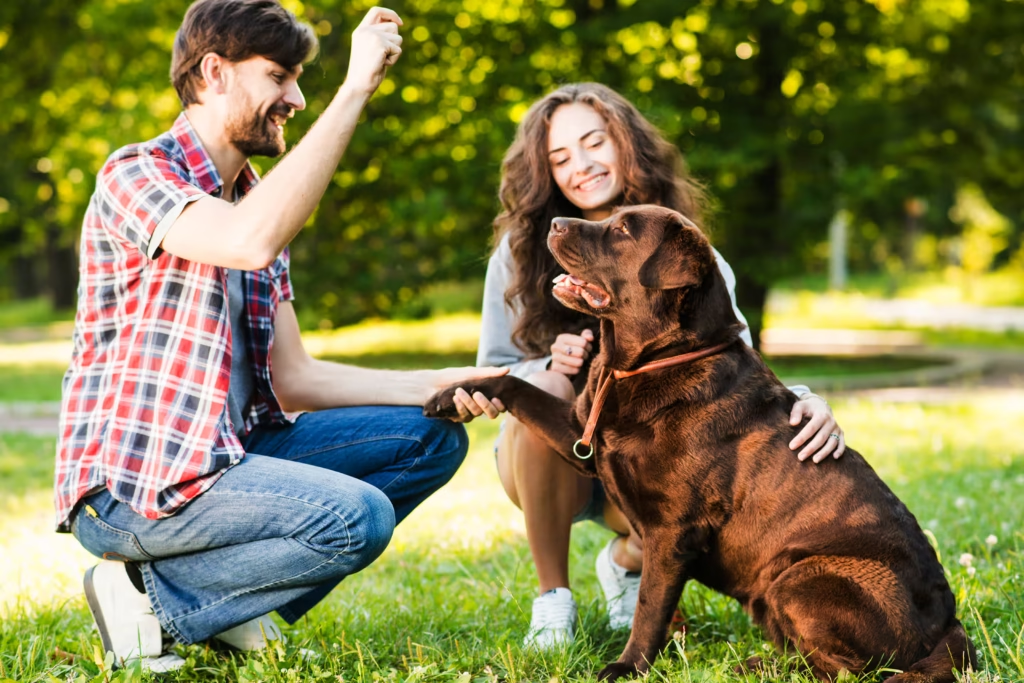
The dog’s clavicle is commonly described as a vestige and has no function. To figure out how it got so small and where it is, they must read Do Dogs Have Collar Bones? Understanding the Canine Clavicle (which details the anatomy that provides a foundational framework). The evolutionary back story is in Why Don’t Dogs Have a Normal Collarbone?, describing how natural selection traded stiff support for speed and stride length. Without that framework in mind, it’s sometimes difficult to even understand the balance of vestigial and functional roles. Comparative anatomy sharpens the point. In Dog vs Human Collar Bones: Key Anatomical Differences, it compares and contrasts how humans depend on a robust clavicle for lifting and shoving, whereas dogs benefit from flexible shoulders that are enabled by peewee little remainders.
What does vestigial mean
Evolutionary biology A vestigial feature or structure in a biological system is not always degenerate, nor atavistic for example, the loss of functional wings in island-dwelling insects: flying carries significant energetic and environmental costs. The human appendix, the pelvis bones in whales and the wings of birds who cannot fly they are all classic examples. The dog clavicle is such a case.
Evidence for a vestigial structure
- Size and location: While I have already mentioned that the dog’s clavicle (collarbone) as a tiny bone encased in muscle ( source ) the cat’s is even smaller due to their relatively tinier body mass.
- No connections: It doesn’t articulate with any other bones.
- Reduced mechanical role: Unlike the human clavicle, it uses no rigid support to the shoulder.
Evidence for residual function
While vestigial, the dog clavicle isn’t entirely without function:
- Muscle attachment: The small bone serves as a location for the brachiocephalicus muscle to attach. This assists in keeping the muscle positioned by itself during walking.
- Soft‑tissue protection: Data indicate that the clavicle and its ligament bands protect nerves and vascular structures transiting through the shoulder.
- Developmental role: When dogs are puppies, the clavicle is only part cartilage and may work to direct muscle development. But when I looked at the puppies at several different ages I realized that the coordination of their forelimbs improves as these soft tissues get more mature.
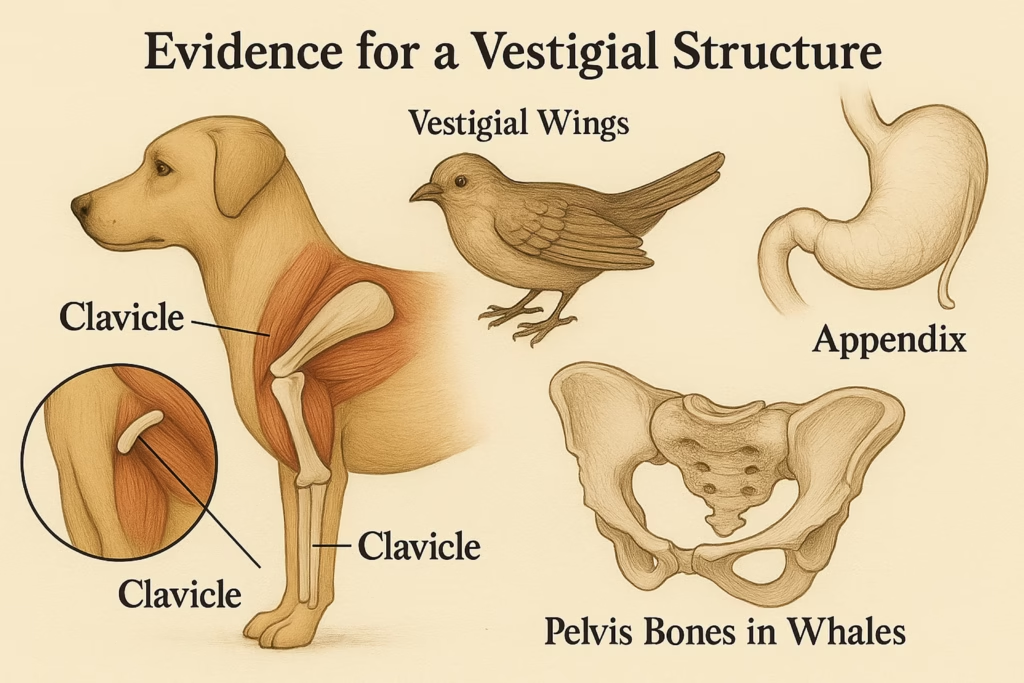
Balancing vestigial and functional perspectives
Describing the dog’s clavicle as vestigial emphasizes its degenerate state compared to that of humans, but doesn’t mean we should ignore it. The smallest bone present in the vet hospital, seen every so often on X-rays. If it’s broken or abnormally ossified rare occurrences that can lead to pain, or chafe against soft tissues. Only when it is acknowledged to exist and serve some minor roles, can its diagnosis and treatment be more appropriately addressed.
Personal take
When I first discovered that dogs had a clavicle at all, I thought it must be rather vestigial. After years of working with dogs, I’ve learned the hard way that anatomic debris in general can have a walk-on part. They serve to remind us that evolution tweaks rather than begins from scratch. The dog’s clavicle may not help support the shoulder, but it is part of the intricate balance of muscles and nerves that allows canine movement to be so fluid.
Conclusion
The clavicle of the dog is a vestigial as well as useful bone. It used to play the big structural role that it does in humans, but now it’s just attaching muscles and protecting tissue. This is the kind of detail that makes us appreciate dog anatomy and allows to take informed decisions on exercise, training and healthcare.
